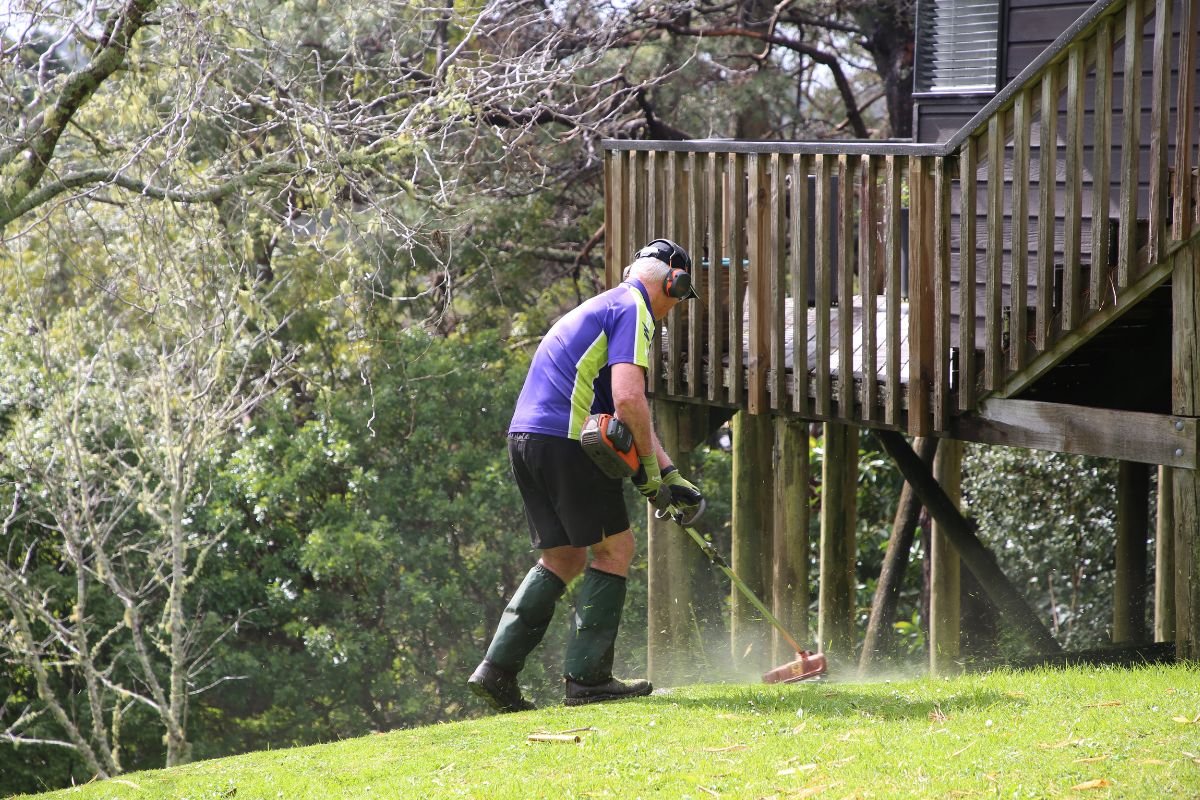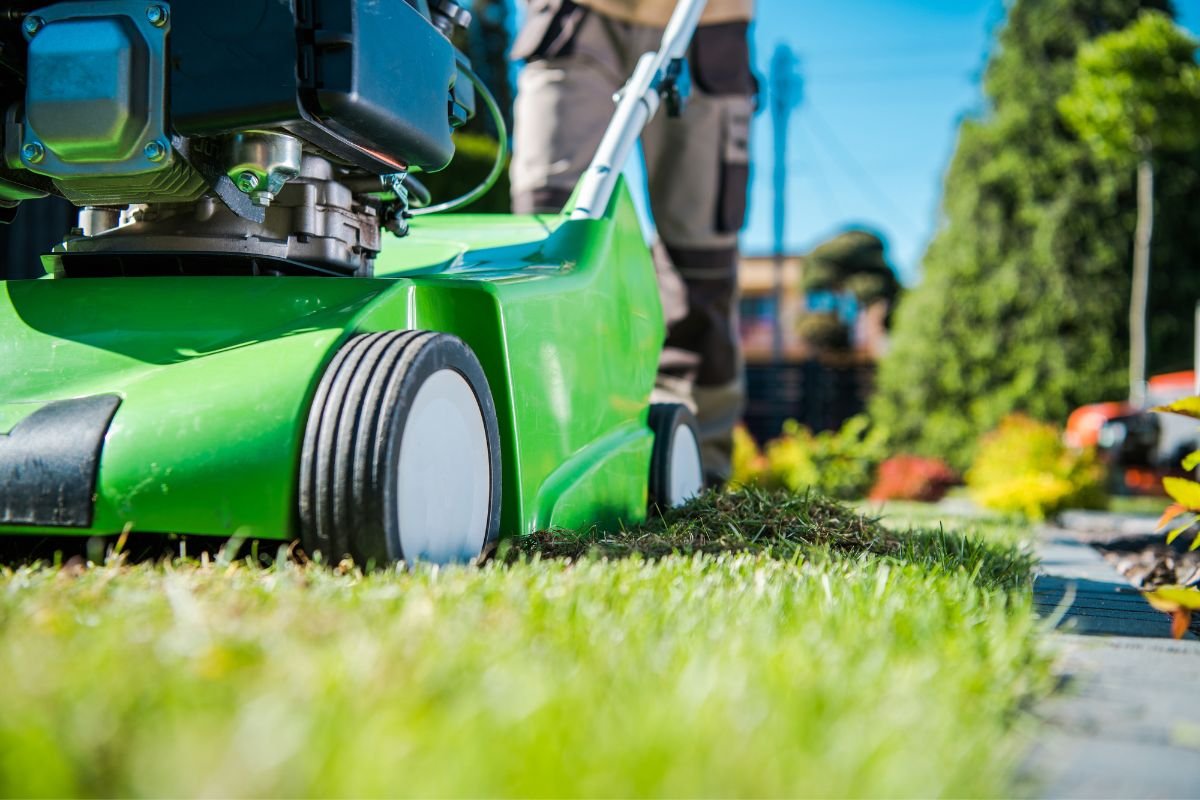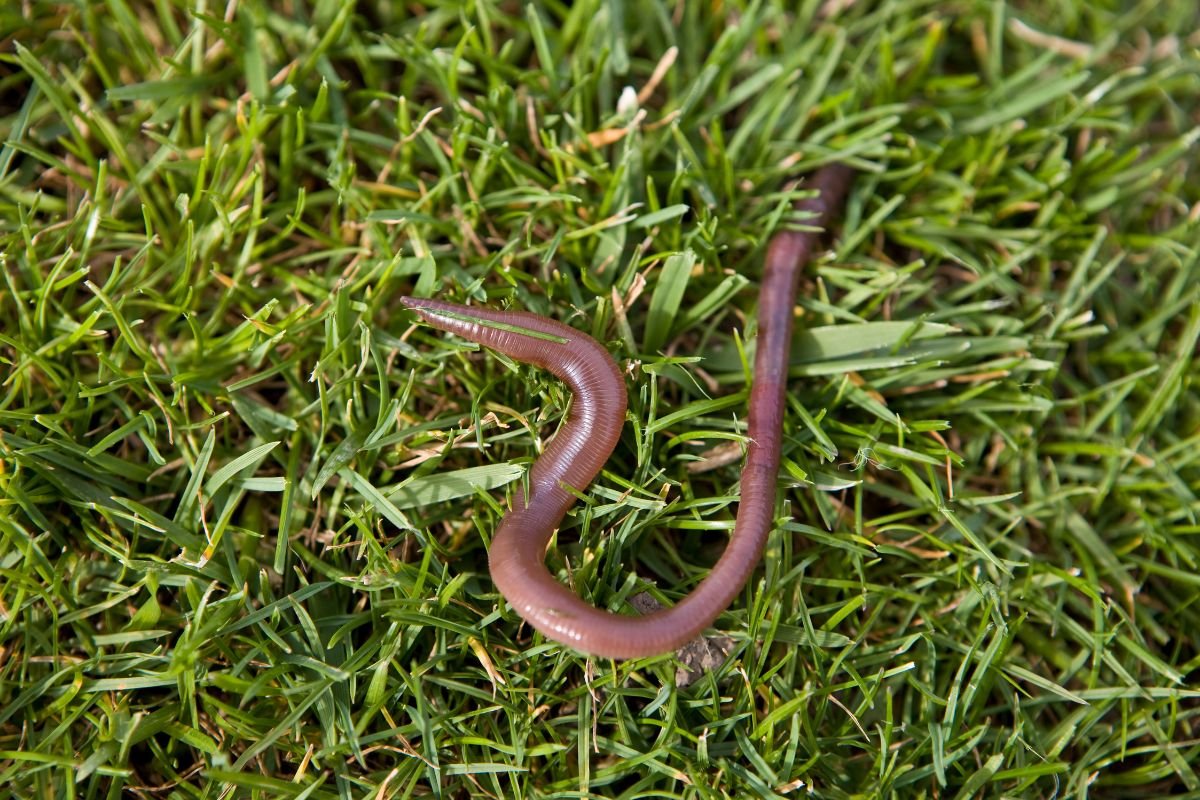It doesn’t matter where in Aotearoa New Zealand you live, the general consensus is that winters can be tough. Home weather stations can be in overdrive, measuring all that rainfall, and it can feel like you barely get a break from winter before the windy and wet spring season begins.
These harsh weather conditions can wreak havoc on our properties, particularly our lawns. If the longer days of spring have you contemplating time in the garden, here are a few helpful tips for getting that lawn looking better for the warmer weather ahead.
Start with the Debris
Before you even think about mowing your lawns, turn your attention to debris. The wet and wild wintry weather can see all manner of sticks, stones, leaves, and landscaping materials scattered throughout your lawn.
Take the time to rake your lawns to get rid of all that messy debris. Not only will your grass look better, but it will stand a better chance of receiving much-needed sunlight and oxygen to thrive.
Mow With Care
That first mow of spring is always the most pleasant. However, it can also be the most damaging if you don’t do it properly. If you plan to mow the grass yourself rather than hiring the experts, set the mower height at one of the highest levels before you get started.
You should aim to cut no more than one-third of the grass’s height to avoid shock. This gives your lawns a chance to recover properly. Provided the grass isn’t too long, you might also decide to leave the clippings on the grass as a natural fertiliser. Just don’t forget to spread them out evenly!
Prioritise Aeration
Winter conditions can be incredibly cruel to grass. The soil can become compacted when walked on, making it challenging for the grass roots to access air, water, and sunshine. Now that the warmer weather is on its way and your grass is entering its essential growth phase, make aeration your priority.
Aerating the lawn involves using spiked shoes or a proper aerating tool or machine to insert small, regular holes into the soil. These holes allow water and air to get where needed to help your grass grow healthy and strong.
Start Seeding and Fertilising
Not everyone’s lawns make it through winter unscathed. Overuse when it’s wet, pests, and diseases can see your lawn looking patchy and sad once spring rolls around. If your grass isn’t as healthy as it could be, start spring on the right foot with seeding and fertilising.
Overseed the patchy parts of your lawn and give your grass a health boost with a slow-release fertiliser. Pick one with a balance of potassium, phosphorus, and nitrogen. If you’re unsure which fertiliser your lawn needs, talk to your local lawn care expert for help.
Work On Those Weeds and Pests
Pests and weeds love to take advantage of grass when it’s at its weakest and most vulnerable. Before long, your lawn can be overrun with weeds, grass grubs, and other pests. These can be both unsightly and damaging, so make them your priority this spring.
If you only have a few lawn weeds to take care of, you can cut these out by hand or with weed-grabbing tools. Otherwise, consider selecting weed killers from your local garden store. Always follow the instructions for use to ensure a desirable outcome.
You can also purchase pest control products to give pesky pests like grass grubs their marching orders.
Start a Watering Schedule
There’s still plenty of rainfall in spring. This can mean you don’t need to start a new watering schedule immediately. However, the best watering options are worth considering once rainfall isn’t so frequent.
Watering deeply and infrequently can often be the recipe for success. This watering style encourages your lawn to grow deep roots to access water further down. As a result, the grass is often less affected by drought conditions.
If you’re worried about future droughts and water restrictions, explore rainwater harvesting systems. Collecting water from your roof might ensure your plants, gardens, and lawns have consistent access to water even when you’re not able to tap into local supplies.
Perform Soil Tests
Growing healthy and strong grass can sometimes be challenging when you don’t understand what your lawn lacks and needs. Fortunately, you don’t need to play the guessing game. Perform a soil test, and you can have all the answers for maintaining a healthy lawn.
Most garden stores provide simple tests for you to learn what your soil pH and nutrient levels are. With this knowledge, you’ll know whether it needs nitrogen, potassium, or other nutrients to help it thrive.
Start Lawn Tidying Today
As hard as it can be to shake off the winter blues, you can start with your lawn. Take some of the actions above, and it might not be long until your lawns are back in tip-top shape. Need a helping hand? Reach out to lawn care experts like Crewcut to take care of all your lawn care and gardening needs.












































